NASDAQ initially dived sharply to as low as 14530.22 overnight, but staged a strong rebound to close up 0.05% at 14942.82. Technically, we’re seeing NASDAQ as in correction to the move from 10822.57 to 16212.22. It’s envisaged as a range pattern that could last for a while.
Nevertheless, 14100/14200 zone should provide enough support to floor any decline attempt. We’re talking about a cluster of support levels there, including 14175.11 resistance turned support, 14181.69 support, and 38.2% retracement of 10822.57 to 16212.22 at 14153.37.
However, it should be noted that a firm break of 14181.69 structural level, which is unlikely, would indicate that NASDAQ could be in a larger scale correction.




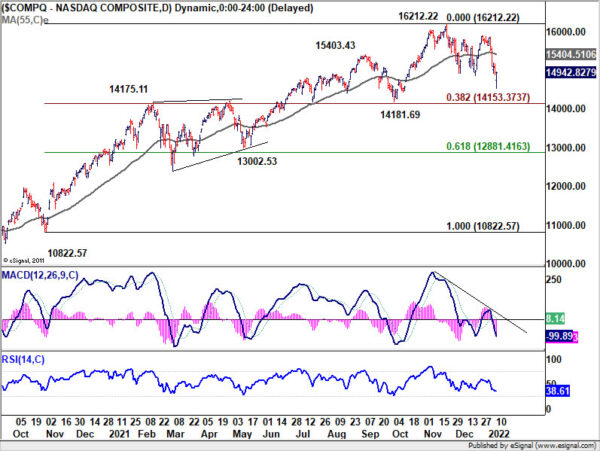
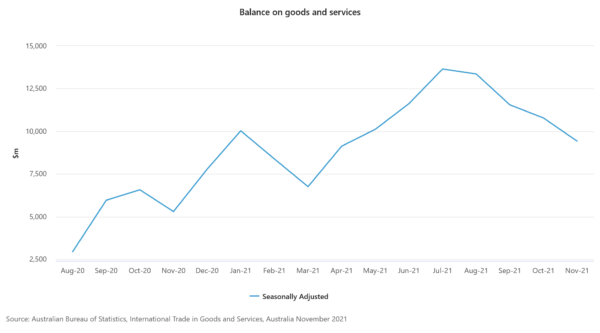
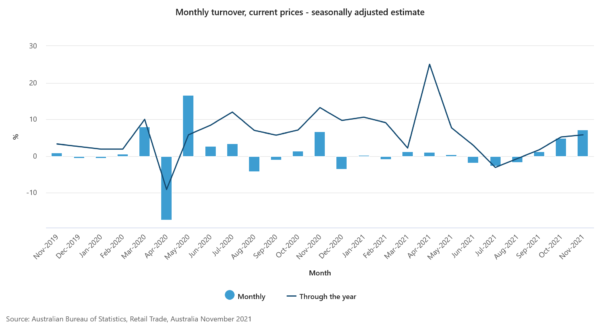
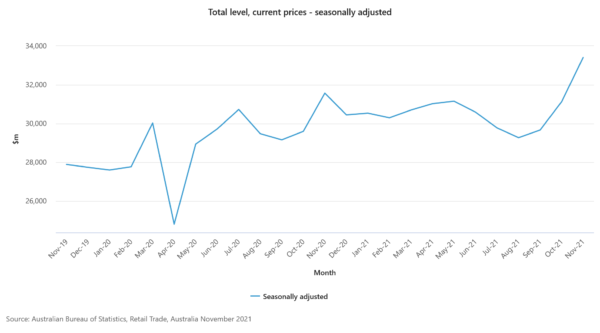
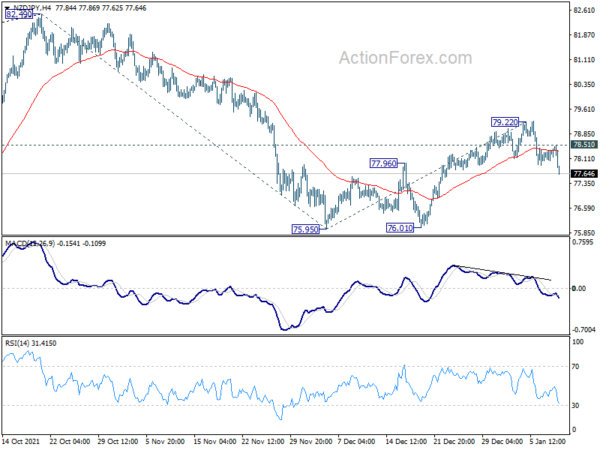
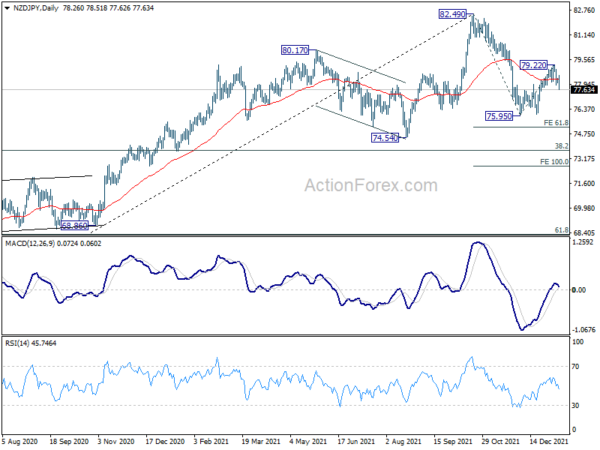
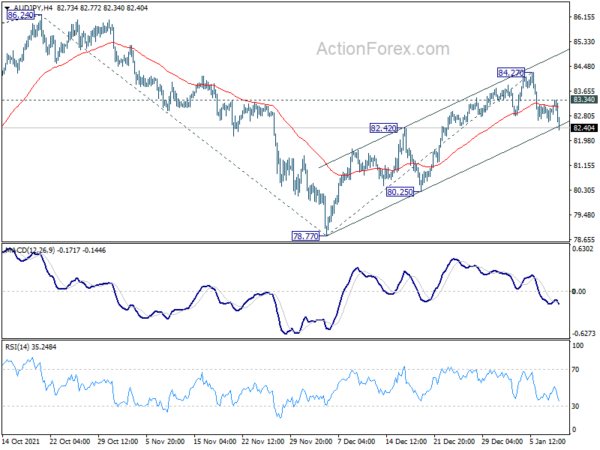
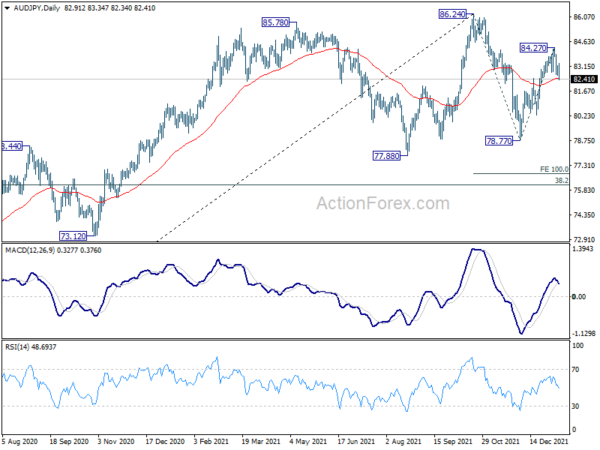
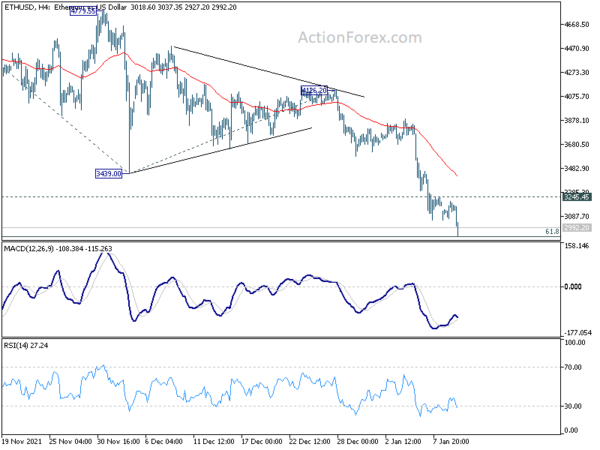
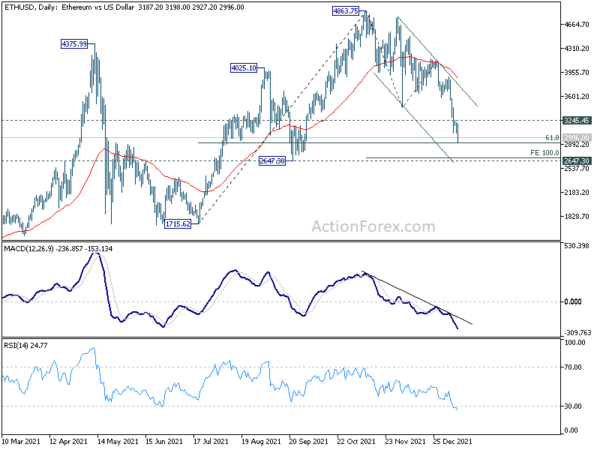
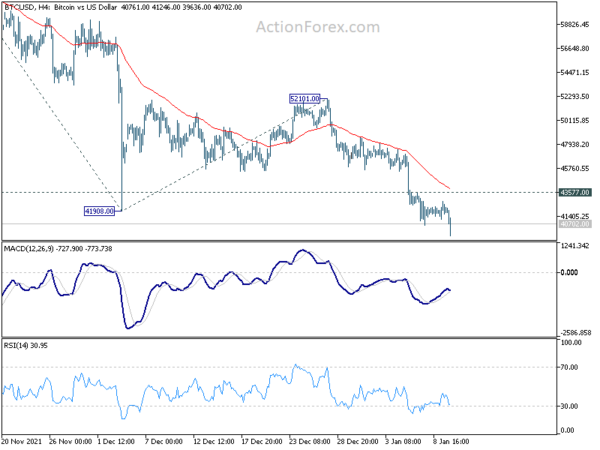
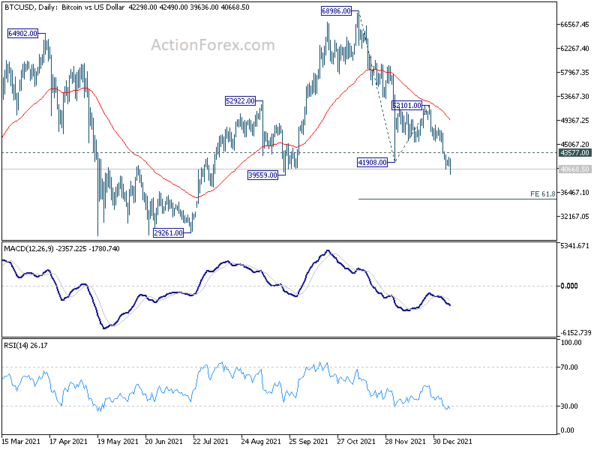
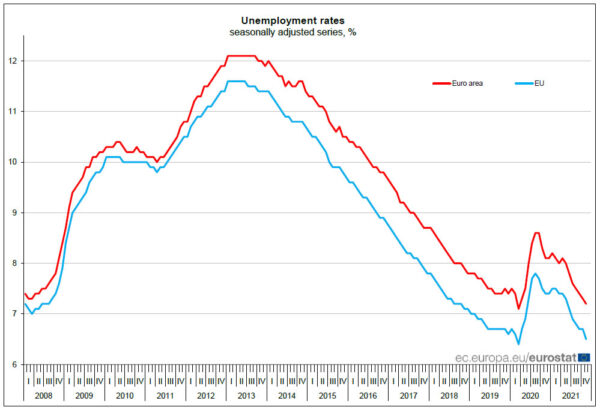
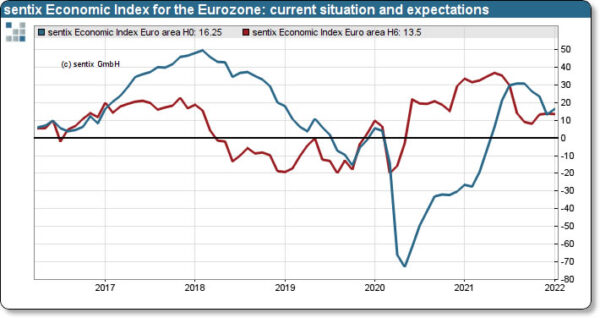
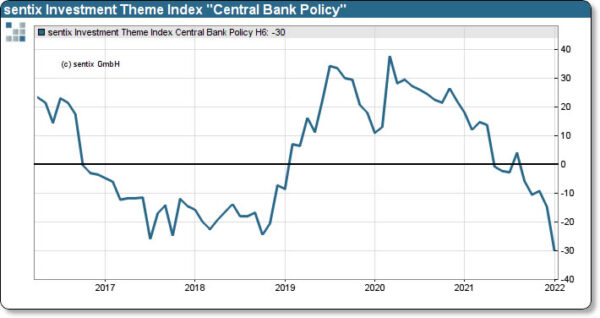
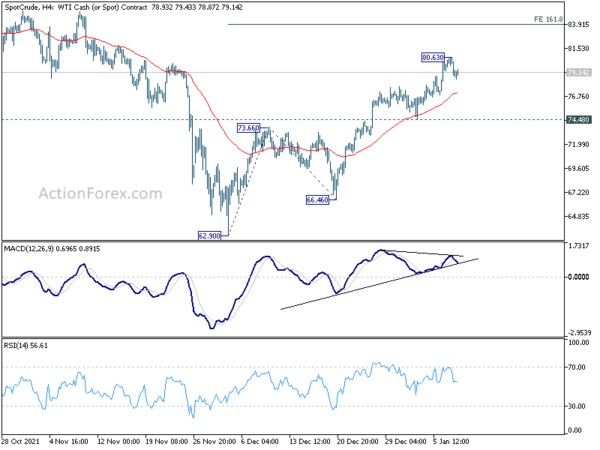
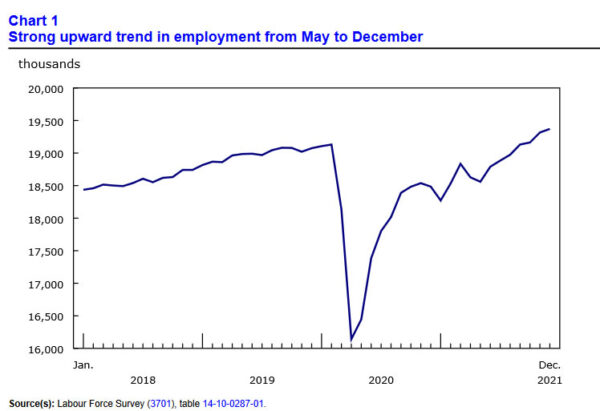
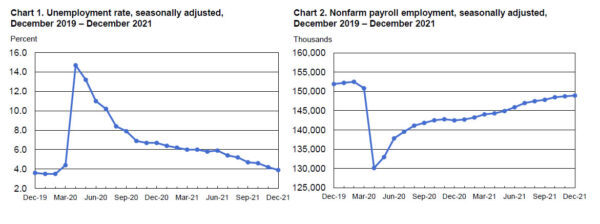
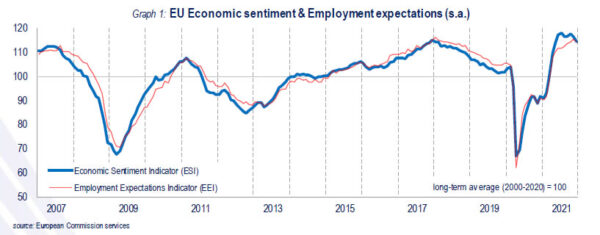
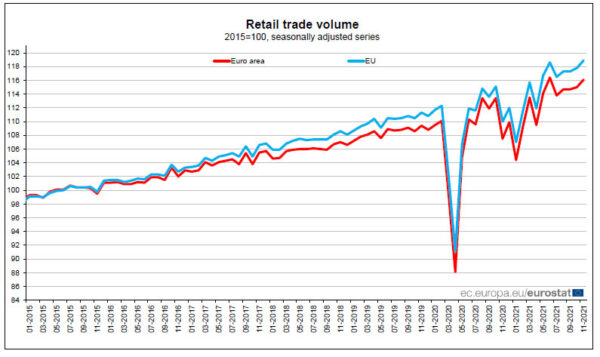
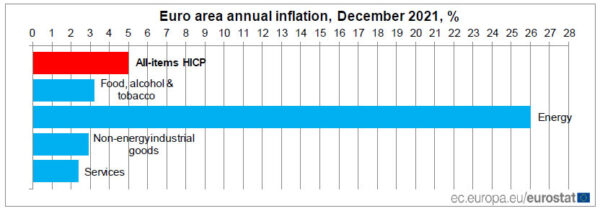
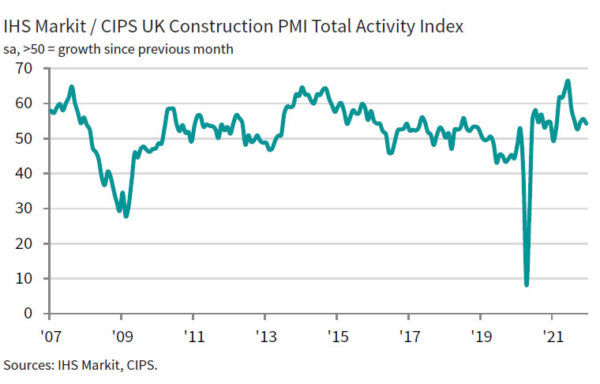
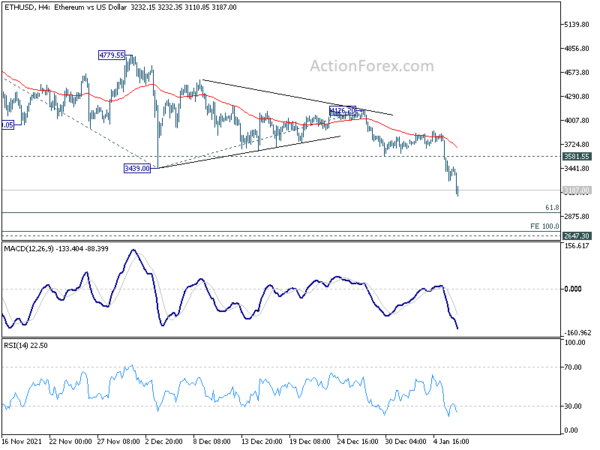
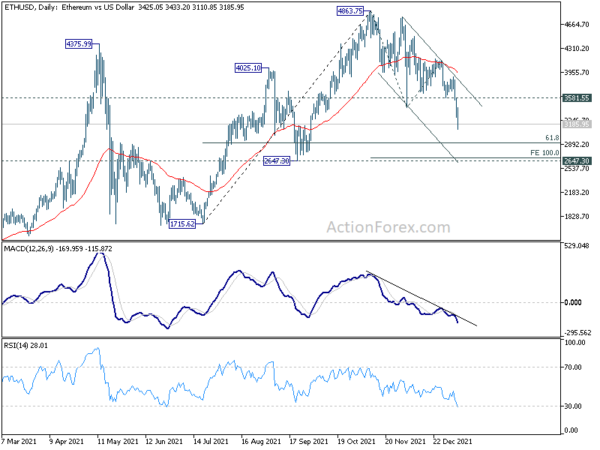
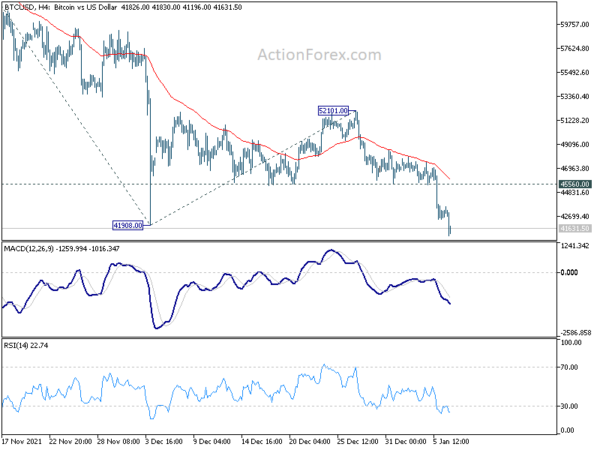
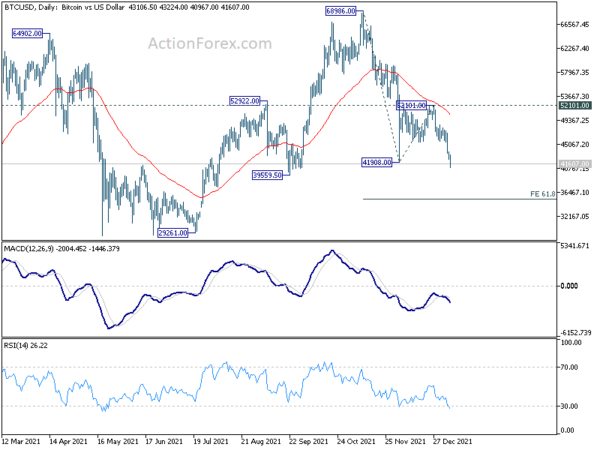
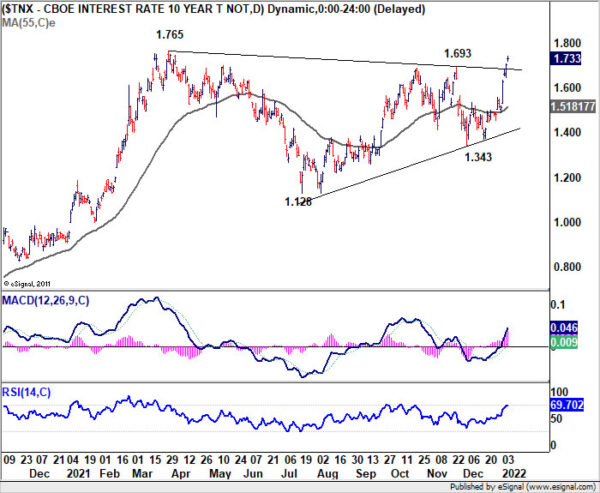
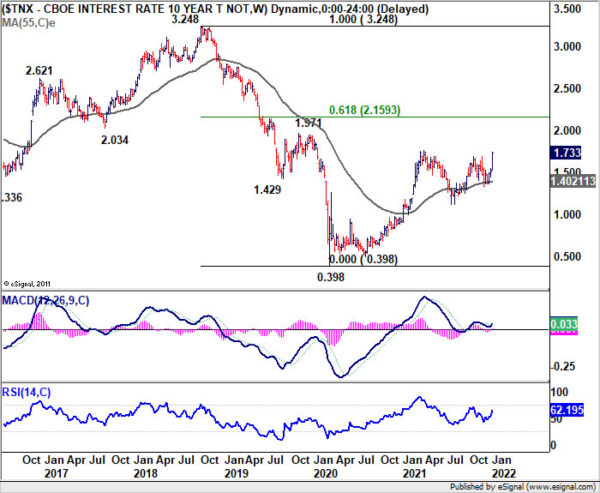

ECB Lane: Criteria for rate hike not in place
In an interview, ECB chief economist Philip Lane pointed to the December economic projections, and said, ” inflation will fall this year, and that it will go below our 2 per cent target in 2023 and 2024.”
While the 5% December inflation number is “unusually high”, Lane said that’s dominated by the 26% rise in energy prices last year. He added, “we do not see behaviour that would suggest inflation will remain above our target into the medium term.”
As inflation will “settle below our target in 2023 and 2024”, he added, “The criteria for moving interest rates up are therefore not in place. This remains our view.”
On growth, Lane said that bottlenecks are “temporary factors” and the order book is very good. “Overall, in Europe we see a solid growth engine this year, next year and the year after that.”
Full interview here.